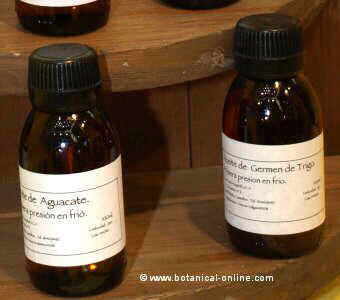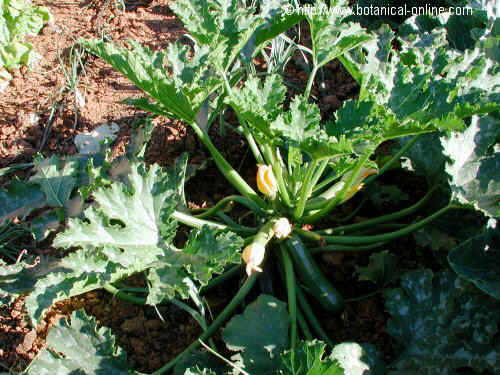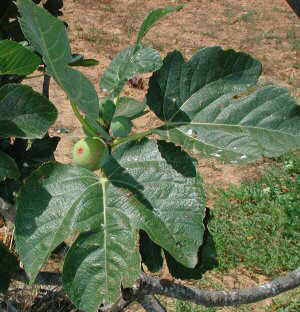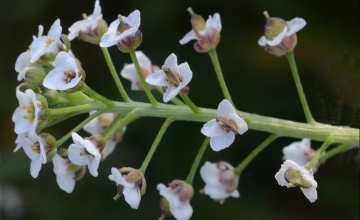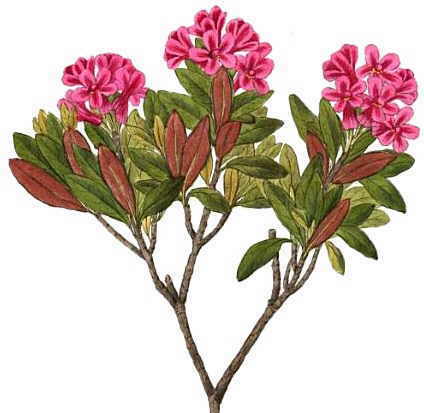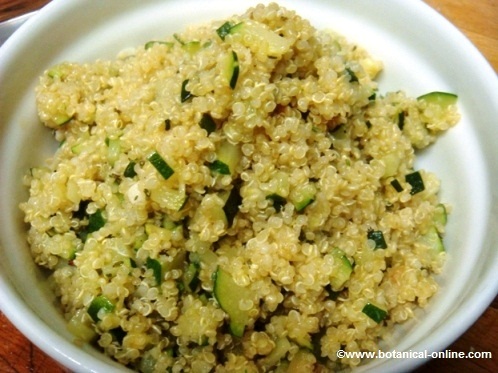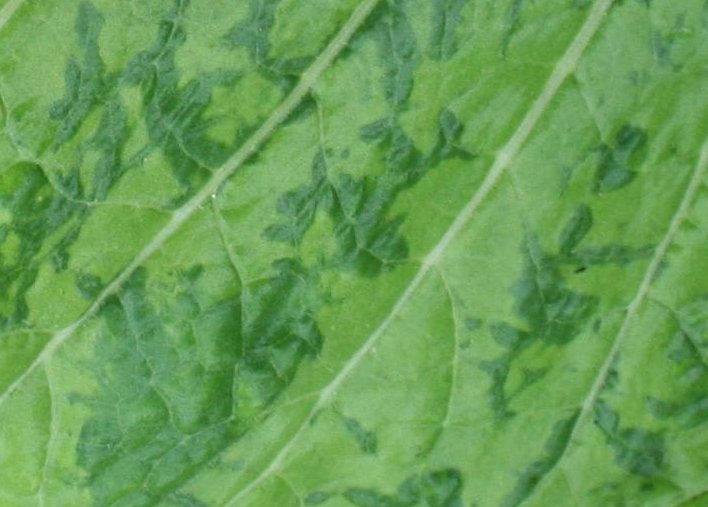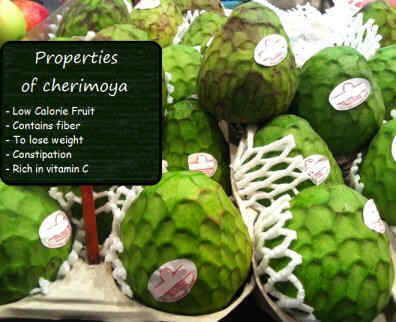What are the most common edible wild plants
List of wild plants than can be eaten
From A to C |
| Name | Edible parts | Habitat |
|---|---|---|
Medicago sativa | Tender leaves as a vegetable. Crushed and roasted seeds like bread | Widely cultivated as a forage plant and often naturalized. It can be found next to the roads, in fields, on the edge of the roads and dry terrain of cold or temperate climates. |
Agave spp. | The buds of the base of the floral stalk baked or roasted on the fire. Pulque from the fermented sap | Garden plant, native to India. |
| The flowering of these plants is very slow. Sometimes it takes many decades to bloom | ||
Tender leaves in salads or boiled. Harder boiled leaves. | In cultivated fields, uncultivated places in spring and early summer | |
| It is a plant that should be eaten in moderation because it is very easy to accumulate nitrates from the soil. Medicinal plant (More information) | ||
Bamboo Phyllostachys spp. | Young stems and boiled roots. Water inside the hollow stems to drink | From the East, they can be found as a cultivated form in many gardens around the world and in some fields next to ditches. |
| Chinese bamboo (Phyllostachys pubescens) is the best known and used | ||
Baobab Adansonia digitata | The pulp of the fruit to eat directly or for drinks. Leaves cooked in soup or dried and turned into powder | In tropical Africa |
Berberis vulgaris | Berries to make jams, alone as fruits or in drinks. Barberry jelly can accompany meats. | In forest hedges in the autumn. |
Ocimum basilicum | Its use to season foods in the form of crushed dried leaves and mixed with other herbs is quite widespread. It can be taken fresh in salads | In Mexico and, as plants grown in many warm regions of the world. Sometimes semi-naturalized. |
Fagus sylvatica | The fruits (beech nuts) to eat tender or roasted and as a substitute for coffee. The tender leaves in spring. The oil of the fruits for cooking. | In humid forests of Atlantic climate during the spring and the summer. |
The beech trees were widely used throughout history during periods of hunger. Ground crust was used to make flour. Beech nuts, in addition to feeding people, were used to feed livestock, especially pigs and chickens. American beech (Fagus grandiflora) was widely used by native Indians and the first settlers. The fruits were eaten raw and roasted, as coffee substitutes. The tender leaves in spring and the inner bark. | ||
Betula spp | The inner crust raw or cooked food. The sap as a subsistence drink | Mountain forests |
| Medicinal tree used as a cleanser in cases of rheumatism, arthritis and with harmful properties for the external treatment of the skin | ||
Bistorta officinalis | Boiled tender leaves and buds | In grassy mountain areas. |
Rubus ulmifolius | The fruits, very rich in vitamin C, to eat alone in salad or combined with other fruits. To make jams. The young spring shoots | In roads, walls, hedges and Mediterranean forests in the late summer and the early fall. |
| Medicinal plant whose leaves, rich in tannins, are used in infusion to soothe diarrhea and to lower blood sugar (More information) | ||
Black locust Robinia pseudoacacia | The flowers to make fritters. The seeds as if they were legumes | North American species introduced in many parks around the world. |
The rest of the plant is poisonous | ||
Brassica nigra | Tender leaves in salad or cooked. Chopped mustard seeds | On roads, highways or uncultivated places during the spring and the summer. |
Older leaves have a more bitter taste. To eat them they should be boiled a couple of times changing the water. The flower buds can be boiled and are edible. | ||
Prunus spinosa | Fruits for salads or liquors (Navarrese Sloe Brandy , also called “Pacharán” ) | In hedges next to fields or forests during the fall |
Borago officinalis | Tender leaves in salad or cooked. | On roads, highways or uncultivated places during the summer |
| Medicinal plant. (See information) | ||
Vaccinium myrtillus | The fruits to eat by themselves or to make jams. | In mountain forests during the summer. |
Medicinal plant (See information) | ||
The leaves as a vegetable | In damp places and fields during spring | |
Plant from which the cultivated turnip comes, which is used more by its root, than by the leaves. (More information) | ||
Anchusa azurea | Flowers in salads and cooked leaves as a vegetable | In cultivated fields and wastelands during spring and summer. |
Broadleaf cattail and lesser bulrush Thypha latifolia Thypha angustifolia | Young shoots that arise from the water in spring, after peeling them, are eaten raw or cooked. When the reeds are very young – about 1 m) they have a spinal cord that can be eaten raw or cooked. | At the edge of rivers and ponds throughout the year. |
The spike, before opening, contains inside a bunch of flowers that can be boiled and eaten like corn. When the spike opens and the set of yellow flowers is seen, these can be shaken to collect the pollen that can be used as flour. Adult roots produce small buds that can be eaten like spring sprouts. | ||
Arctium minus | Fresh leaves in salad and roots as boiled vegetable | Along the roads and uncultivated mountain lands during the spring and the summer. |
Brassica oleracea | Buds and tender leaves | In coastal areas by the sea |
From it comes the cultivated cabbage (See information) | ||
Caper Capparis spinosa | Buds, fruits and flower buds in vinaigrette to accompany meals. | Plant native to North Africa, Turkey and India. It grows as a plant grown in some warm regions of southern Europe from early spring to late summer. |
Medicinal plant, used as a diuretic to increase urination in rheumatic diseases, as an appetite stimulant and for its aphrodisiac properties. | ||
Carum carvi | The tender leaves in salads. Seeds to scent bread or pasta | In grassy mountain areas. |
Do not confuse with hemlock, a very poisonous plant | ||
Ceratonia siliqua | The fruits, carobs, to eat raw or prepare cakes or chocolate. | Plant grown in the warm Mediterranean regions of calcareous and subspontaneous soils in dry and stony places not far from the sea. |
Apium graveolens | Leaf petioles and tender stems in salads | Next to the streams, water currents, ditches in coastal areas. |
Beta vulgaris | Young leaves in salad. Boiled more mature leaves | Abandoned Fields on top of the stony places in the summer and the autumn |
| It is the plant from which the beet is derived | ||
Castanea sativa | The fruits (chestnuts) to eat raw or roasted or for flour. | In humid forests during the fall |
| Other species of chestnut are also edible, such as Korean chestnut or Japanese chestnut (Castanea crenata), American chestnut (Castanea dentata) or Chinese chestnut (Castanea mollissima) What is known as horse chestnut (Aesculus hippocastanum) should not be eaten because it is very toxic , although it can be found very easily because it appears cultivated in many parks and gardens. | ||
Cichorium intybus | Basal leaves and gems when they are very tender cooked or in salad. It has a bitter taste, if preferred, it can be boiled with several waters to remove the bitterness. Roasted dry root as a coffee substitute | Next to roads or highways in the spring. |
| The flower should not be ingested with pollen to avoid allergic reactions. Medicinal plant. (See information) | ||
Chickweed, chickenword Stellaria media | The tender leaves in salad, cooked as vegetables and in tortillas. . | In fields, roads, banks and gardens throughout the year |
It is the main survival plant because it can be found throughout the year. | ||
Chive Allium schoenoprasum | The leaves at the beginning in salads or soups | In wet grasslands in the spring or the summer |
Chufa sedge, nut grass Cyperus esculentus | Tubers for eating raw or cooked. They can be crushed to make flour that will be mixed with wheat in bread making. The drink called horchata is produced from its tubers. | Plant native to Egypt and cultivated in many parts of the world. |
Trifolium sp. | Tender leaves in salad or cooked. Dried flowers and seeds to flavor the bread.
| In meadows and grassy places in spring and summer. Sometimes grown as fodder
|
| Clovers are edible, provided they are consumed in moderation. In large quantities they cause belly swelling. Some ancient peoples, such as Native Americans, even watered the wild fields to produce more. | ||
Coltsfoot Tussilago farfara |
Tender leaves or flowers to flavor salads or cooked as a vegetable | On roads, paths or wet sandy places during the spring and the early summer |
| Medicinal plant used to treat cough and to purify the body. (See information ) | ||
Symphytum officinale | The tender parts in salad, the boiled or fried leaves | In wet mountain grasslands during the spring |
Cytisus scoparius | Floral buds before opening for raw or vinaigrette salads | On forest edges and slopes during spring and summer. |
It is a plant rich in alkaloids so it can produce side effects. (See information ) It can be confused with the Spanish broom or weaver’s broom (Spartium junceum) that is toxic. | ||
Oenothera biennis | The roots were boiled or caramelized. The first winter roots, cooked before bloom, are eatable. They have a very strong flavor so that they should be boiled a couple of times. The flowers can be used to perfume salads. | Native from North America, it was introduce in Europe in the XVII century. Now it can be found as a naturalized plant by the side of the roads, lanes |
| Medicinal plant (See information) | ||
| Common hawthorn Crataegus monogyne | The leaves for cooking. In spring and autumn forests, hawthorn also has edible berries, which are generally used to make jams, such as the Texas hawthorn (Crataegus aestivalis) whose fruits, unlike most hawthorn, do not ripen in the fall but rather late spring Indians use dried thorns to flavor dried meat. | |
Malva sylvestris | The floral buds pickled with vinegar, the tender fruits in salads, the tender leaves cooked in the soup | Next to the roads, fields and areas of waste during the summer. |
Calendula officinalis | Raw petals in salads | It appears as a gardening plant in many places, sometimes also feral. |
| Medicinal plant (See information) | ||
Common nipplewort Lapsana communis | Tender leaves in salad or cooked | Along roads or highways during spring and summer. |
Pyrus communis | Fruits to eat in jams | In forests during the fall |
| From this tree the cultivated species come, which have managed to produce softer and sweeter fruits | ||
Common sowthilstle, milk thistle Sonchus oleraceus | The tender leaves in small quantities to flavor salads. | In fields and roads in summer. |
| As it grows, it becomes more bitter, so you have to choose the very young samples or boil them a couple of times, throwing the water. Sometimes there is a need to boil even the young leaves | ||
Cirsium vulgare | Tender shoots peeled in salads or boiled | In the spring and the summer. |
Coriander sativum | The fruits to flavor foods and fresh leaves. | In hedges, ridges and edges of non-dry forests |
| Medicinal plant. (See information) | ||
Chrysanthemum segetum | Its tender leaves are collected in early spring and consumed raw in salads. They are also cooked just like spinach. | Annual plant that abounds in dryland fields, such as harvests and wheat fields, throughout Europe and especially the Mediterranean region. |
Chrysanthemums Chrysanthemum spp | Raw petals in salads | Plants grown in many gardens that bloom during the spring and the summer. |
Curly dock, yellow dock Rumex crispuns | Young leaves for salads and the oldest for cooking. Ground seeds to produce flour that is next to wheat to make bread. Boiled roots. | Plant that grows in the wastelands, next to buildings and on roads |
From A to C |
![]() More information on wild flowers and edible wild plants
More information on wild flowers and edible wild plants
12 November, 2025

